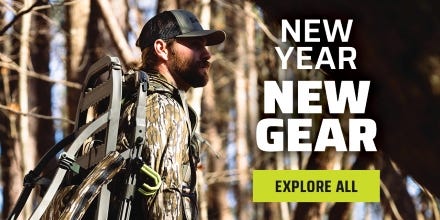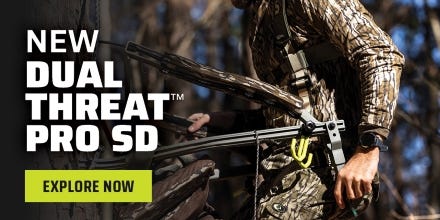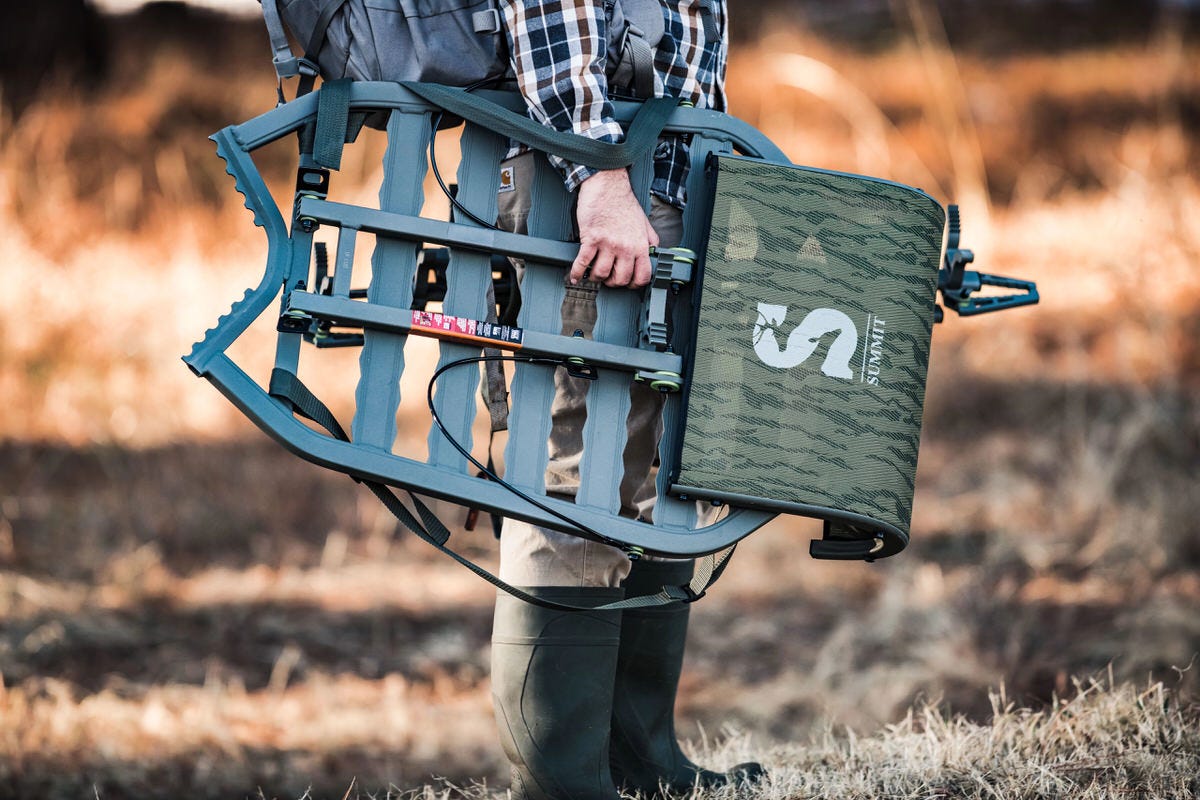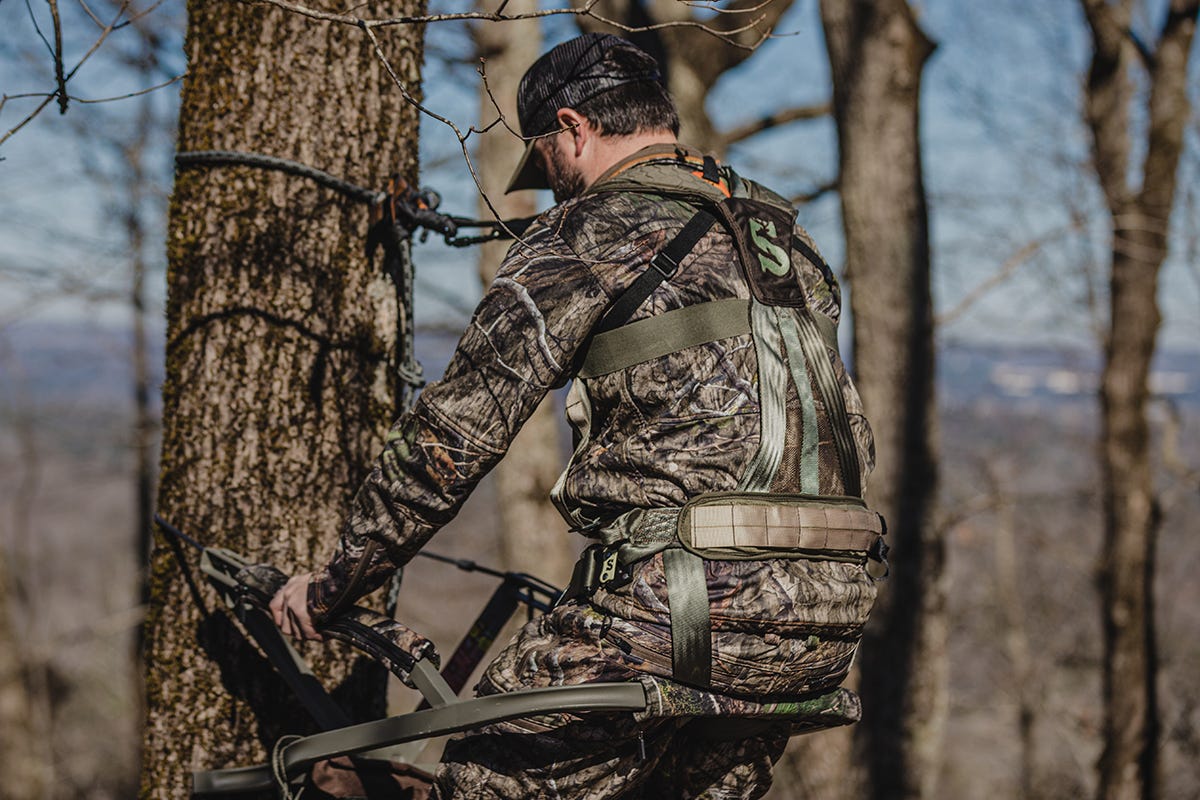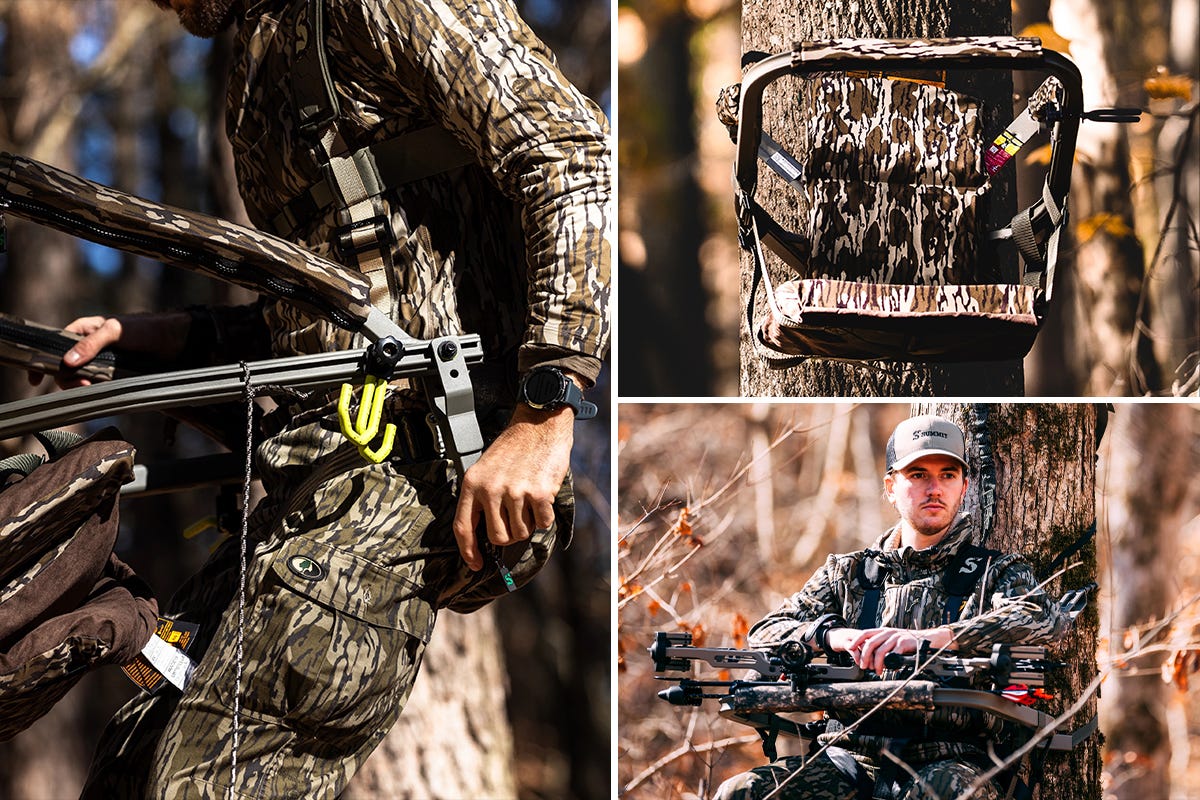- Dec 9, 2013
No Area's "Unhuntable"
It's likely that at some time during your hunting career you've said to yourself, "I'd love to hunt that spot, but there's just no way." The problem could be a lack of suitable trees for hunting stands. It might be the tall CRP grass and scrub brush that forms an 8-foot carpet over the spot. Or, it might be a huge short-grass pasture the buck crosses on his way to dinner. Regardless of the hurdle, today's tree stand manufacturers are likely to have a solution that will allow you to get on that buck and hunt the unhuntable.
Climbing tree stands, hang on tree stands and ladder tree stands cover about 80 percent of the hunting needs of today's outdoorsmen. Climbing tree stands, such as the OpenShot, allow the hunter to backpack the stand anywhere but require a straight tree with no, or few, limbs at hunting height. Climber stands are mobile stands intended to be placed and removed each trip.
Ladder tree stands are often used as stationary stands, placed and hunted from season to season. While ladder stands should be pulled after each season, many hunters leave them up year round. A thorough inspection of all cables, straps and screws should be done periodically to ensure the ladder tree stand is still in tip-top shape. Hang on tree stands are versatile and can be hung just about anywhere - you don't even need a straight tree anymore.
But it's the remaining 20 percent of situations that require some thought. One tree stand style that solves many problems is the tripod hunting stand. The tripod hunting stand does not need a tree; it stands on its own three or four legs and seat heights run from just 6 feet on up to the clouds.
Another option for these short hunting tripod stands is placing them in shallow water. You may not be able to cover an entire area from the bank, but what about putting on the waders and placing the tripod in the water? How's the view now?
Another option many dedicated deer hunters miss is a ground hunting blind, either constructed out of limbs and brush found at the area or a manufactured canvas hunting blind. Both have their positives. The blind constructed from available brush provides realistic cover but takes time and sweat to build and does little to conceal the hunter's scent or movement. The manufactured hunting blind does both, but still needs some cover to help it blend into its surroundings.
Perhaps you're hesitant to place a hunting blind in that open pasture mentioned earlier. Why not dig down a few feet and "sink" the hunting blind much like a water fowler's blind? Or, utilize the terrain to provide natural cover to hide the blind. Placing it at the base of a ridge keeps it from being silhouetted. Throw on some brush and grasses and you may have a hard time finding it yourself.
Open your mind to all of the possibilities out there and you'll find that there really are no "unhuntable" areas. If you're perplexed about a situation, plenty of outdoor websites offer community forums where you can post a message and ask what other experienced hunters would do. Contact tree stand manufacturers and ask them. Someone, somewhere has probably encountered a similar problem and can provide a solution.

